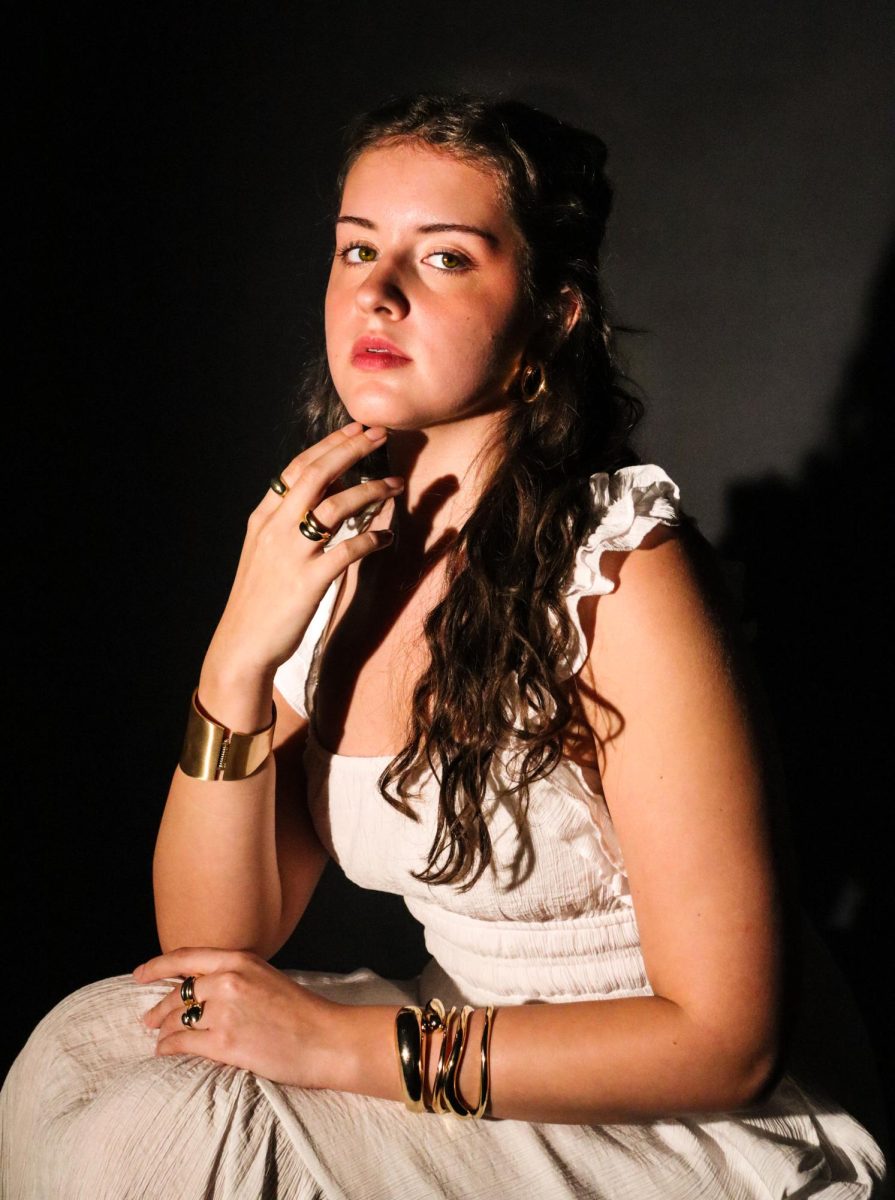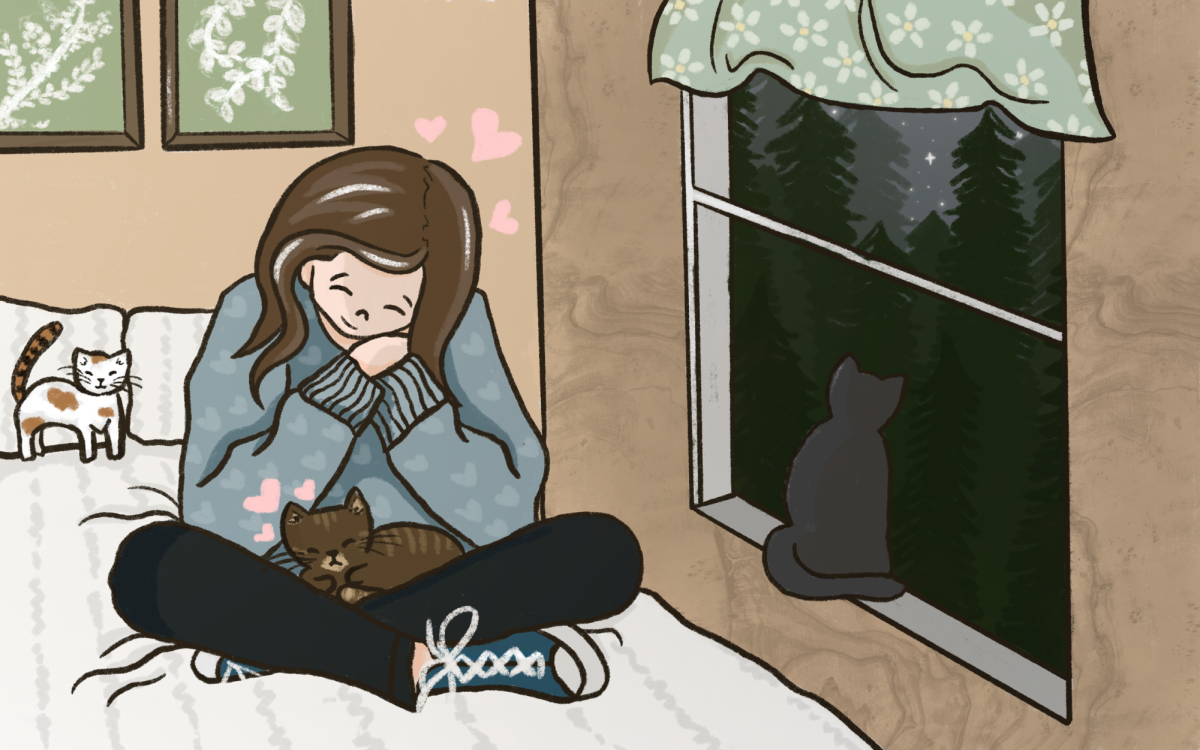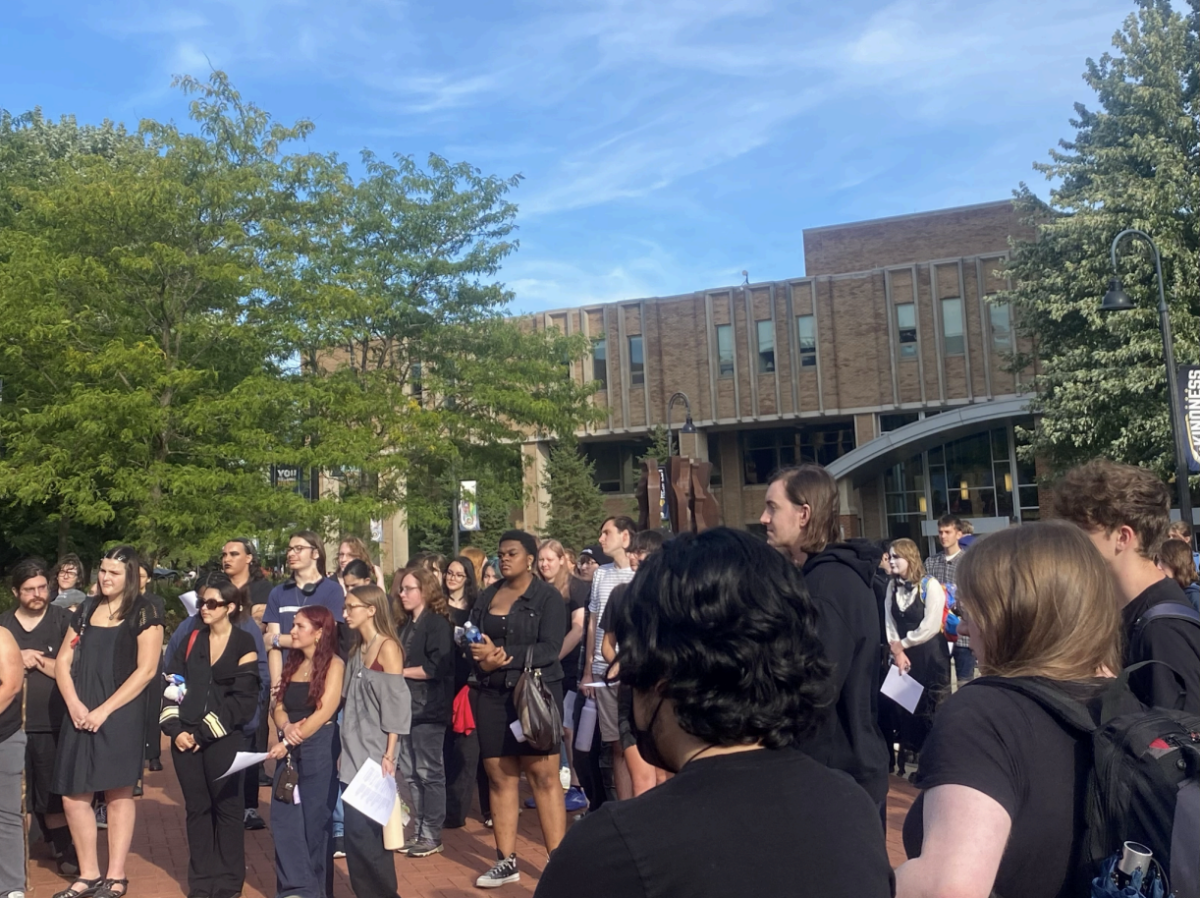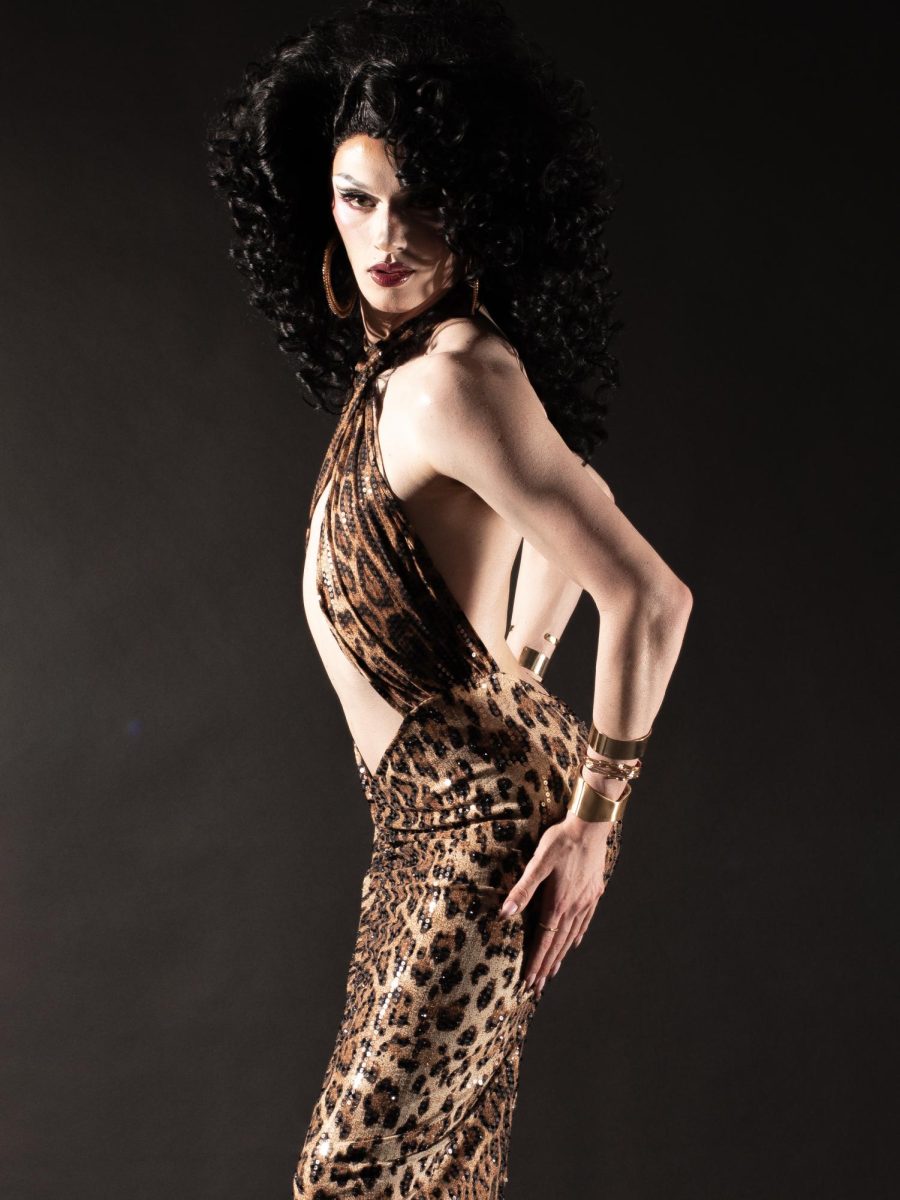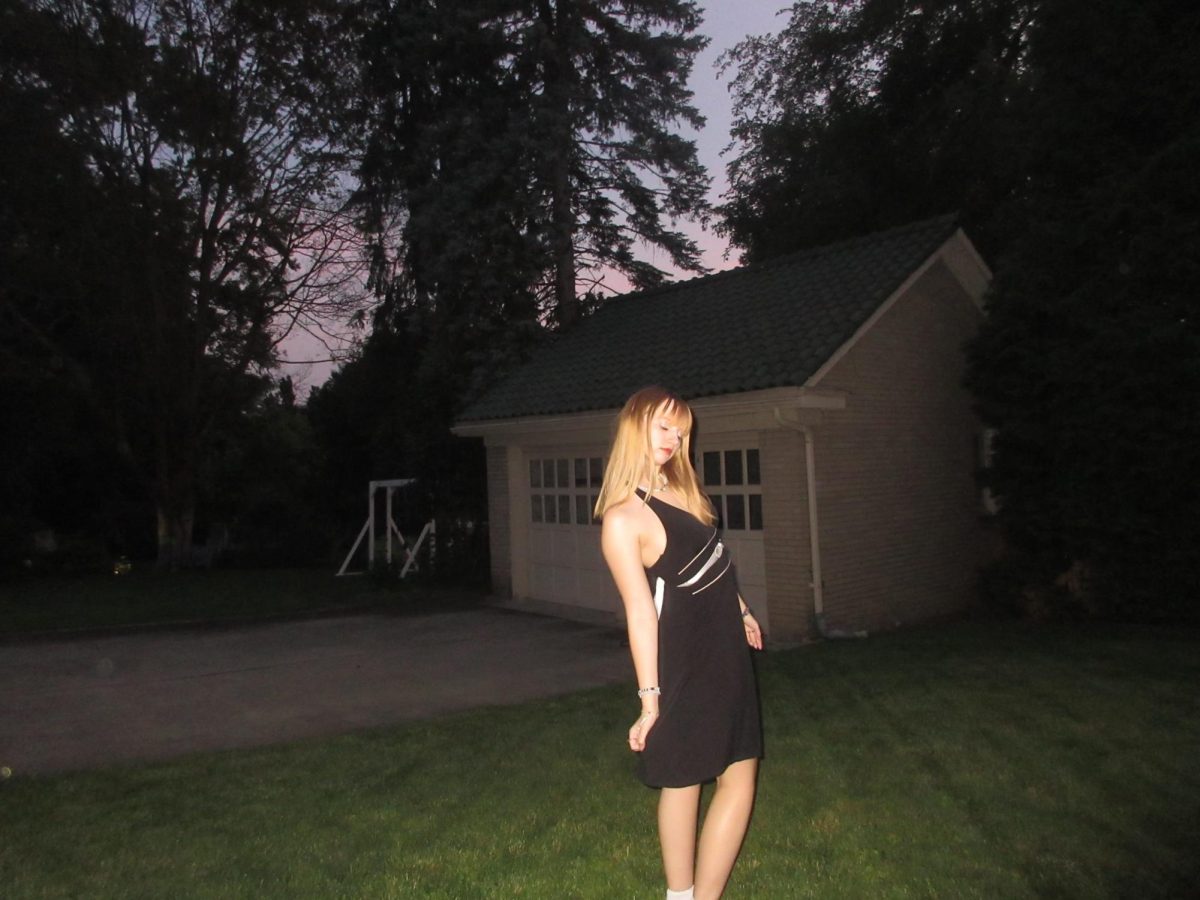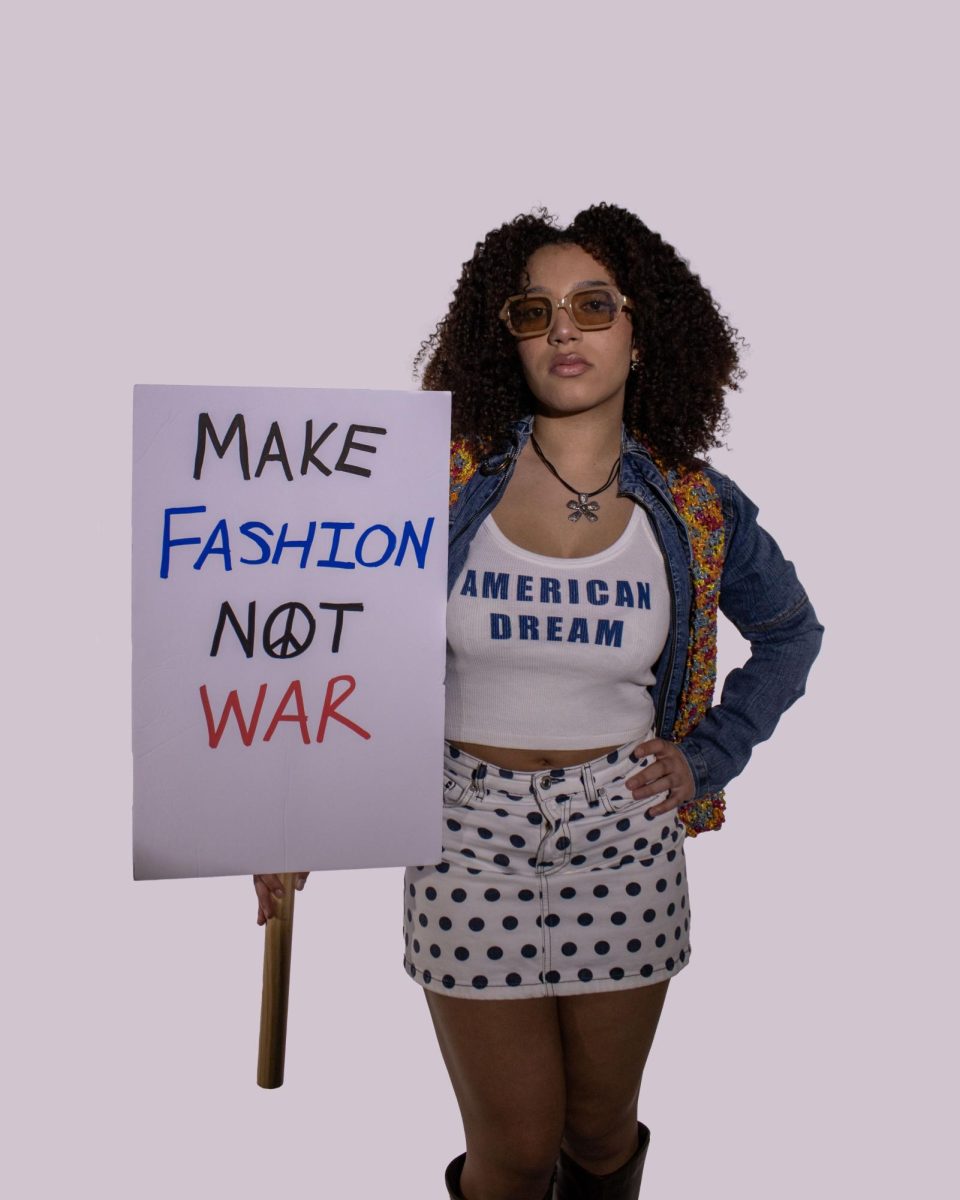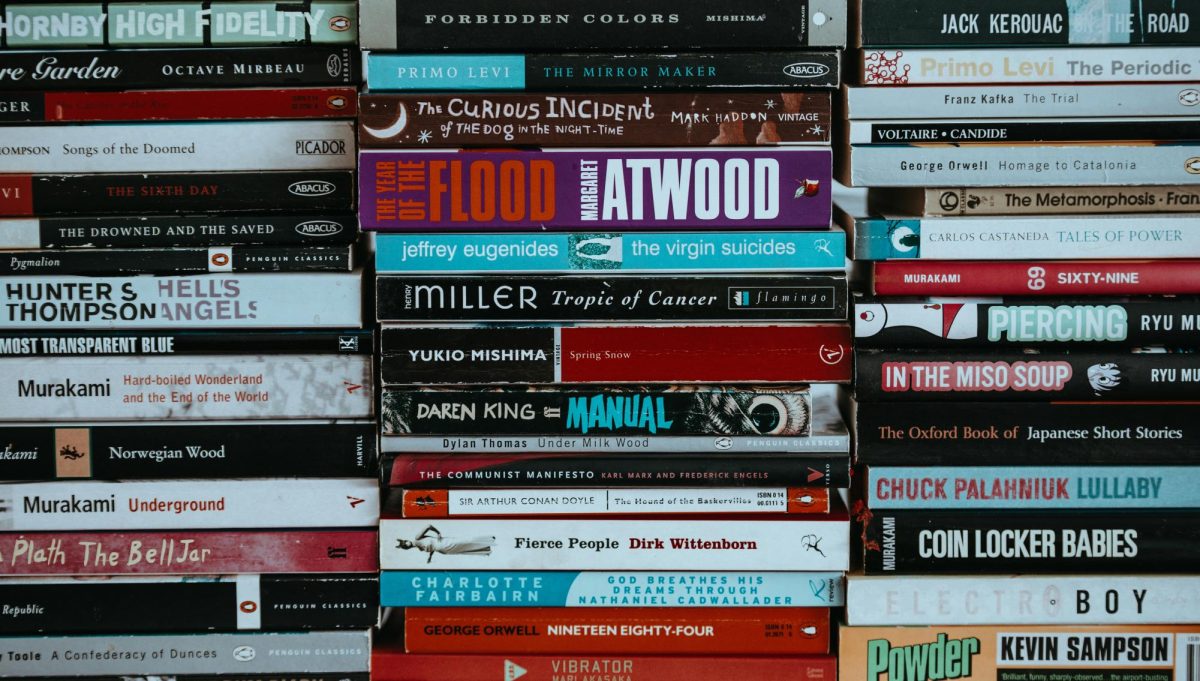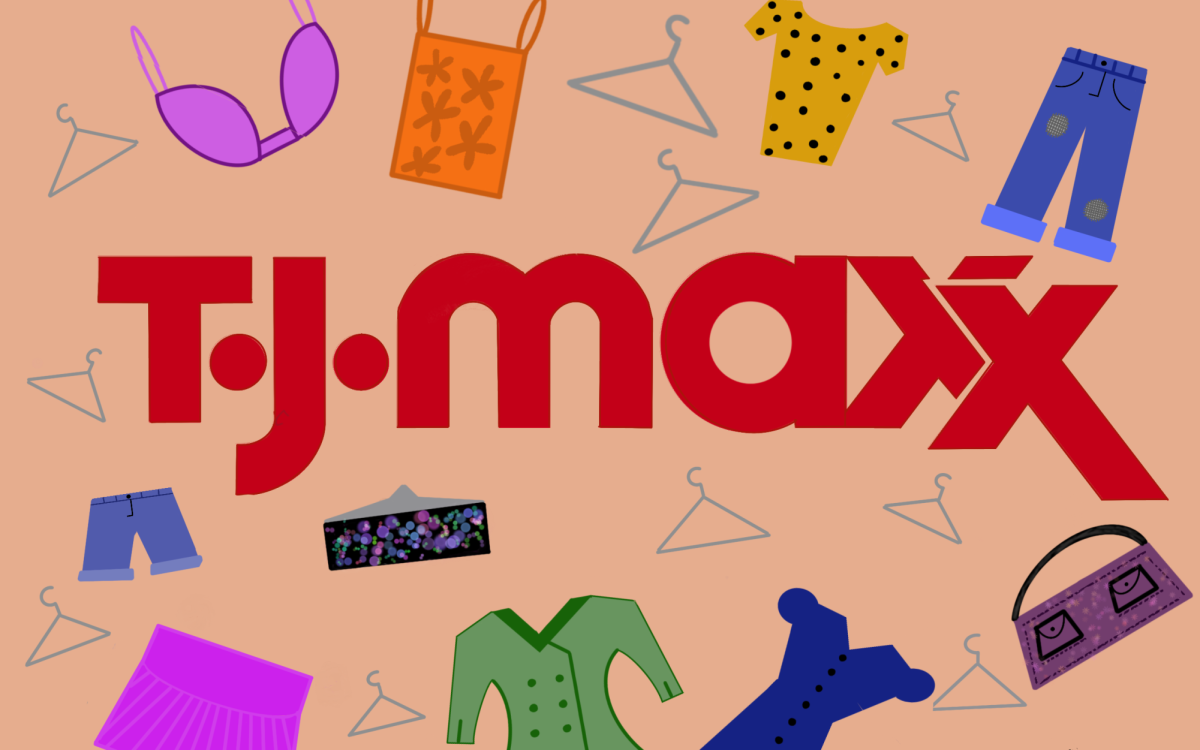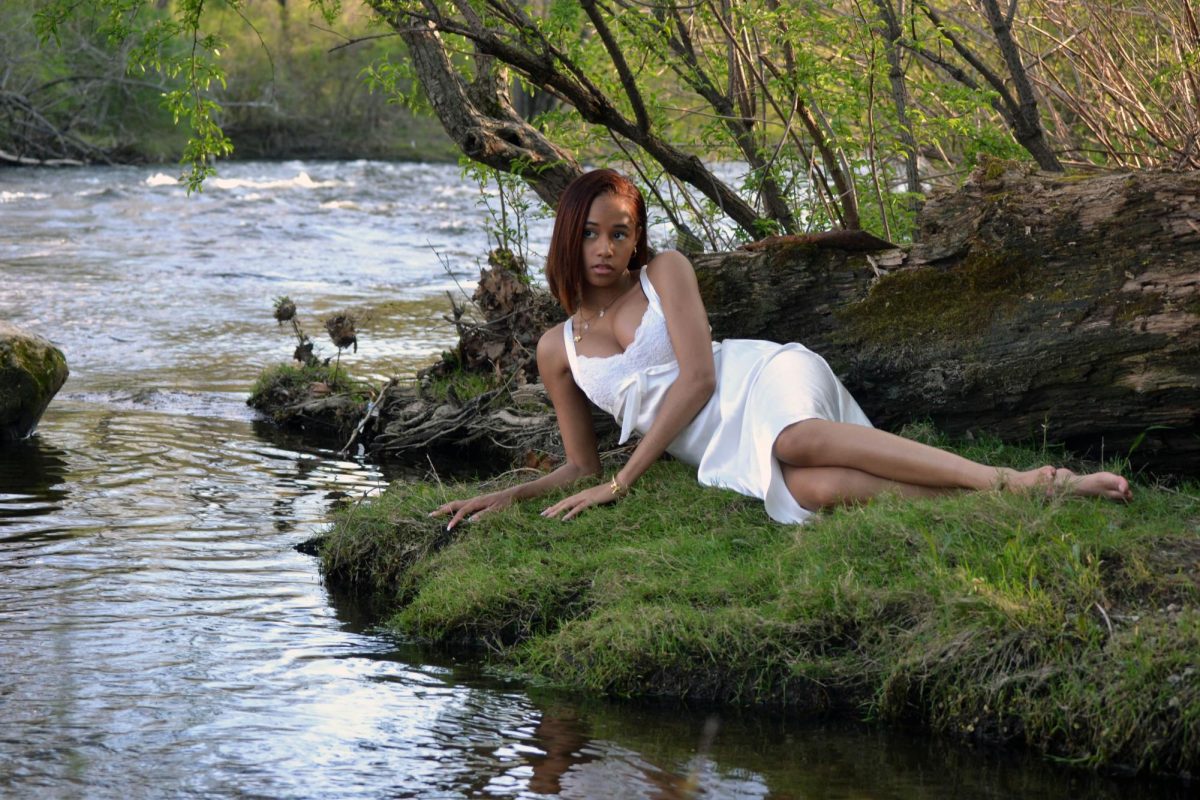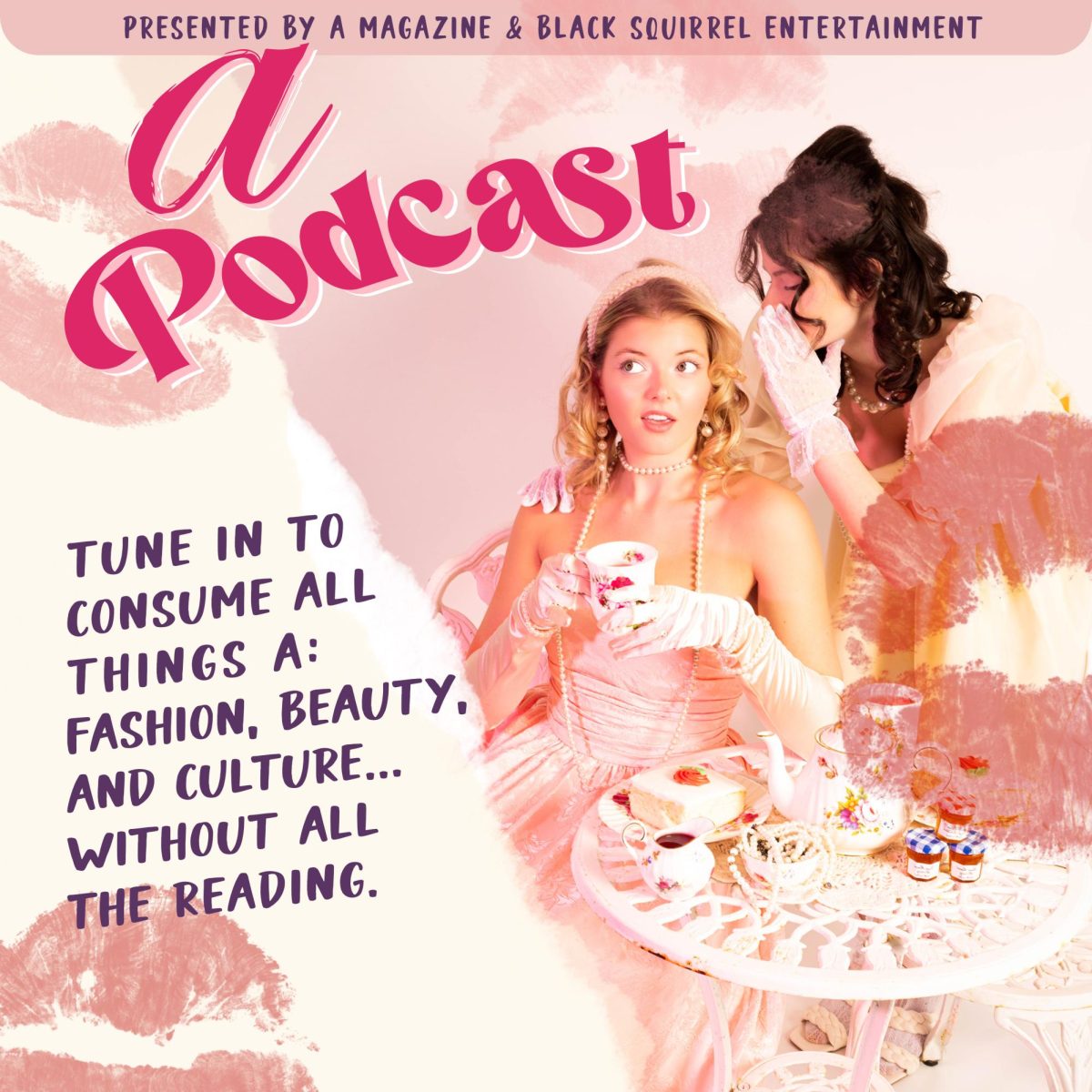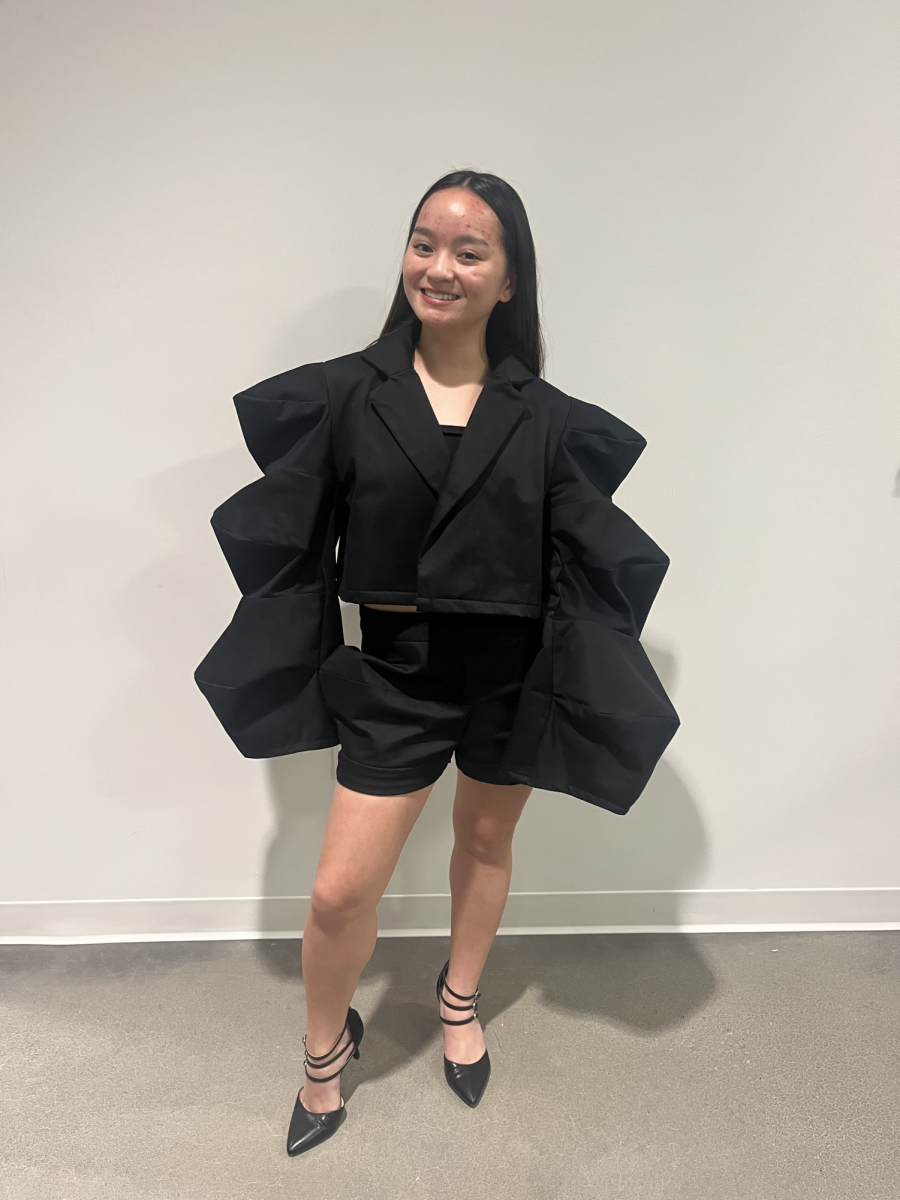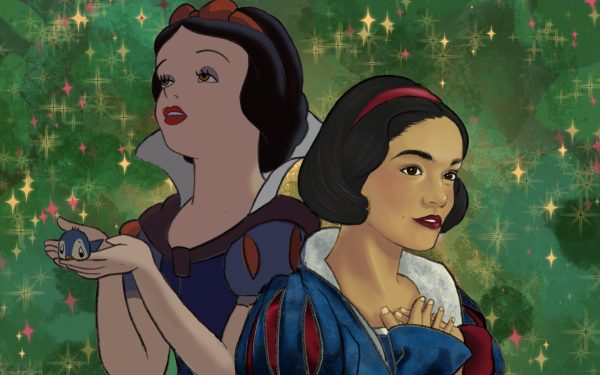
Through Disney, I have moved mountains. I have graciously stepped into a pumpkin carriage led by transformed friends. I have followed wisps through the forest to discover my fate, and I have spoken with souls trapped inside dishes and furniture. I have empathized with Bambi’s sorrows and cheered him towards leadership. I followed Tiana’s dreams, and feared Dr. Facilier’s manipulative evils. Through all of these stories, I have experienced different lives, goals and personality types while having the sensitive perspective of being a child.
~
With the recent release and widespread criticism of the live action Snow White, unearthing the true meaning of the Disney Princess was calling my name. Why were people reacting so adversely? How powerful is nostalgia, really? How has the evolution of Disney and the princess herself contributed to this canon of questions?
Let’s begin by looking at the relationship between Disney and children, going back to the root of the films’ consumers.
Why do children become so connected with their favorite characters?
Children are incredibly impressionable when it comes to consuming media—only around the age four or five do they really begin to differentiate fantasy and reality. In their primary years, they genuinely feel like they are the main character in the story they are watching. As they grow older, they form suspension of disbelief, or understanding that a story is not really true, but still view film as applicable and believable. This psychological development makes the bond between character and child familial and extremely close.
Why is this character attachment important to Disney?
Many people remain attached to their most beloved characters as they age. Not because of the difference between real and fantasy, but because of a new emotion that arises: nostalgia.
Looking at nostalgia neurally and chemically sparks a dopamine response. This dopamine response being connected to a collective memory can enhance a person’s feeling of social connectedness—two important feelings for people to feel fulfilled. It may seem silly that a simple animated film can cause such an important response, but we have all felt that yearning ache of a piece of film sparking childhood memories.
How are these factors important to Disney?
Character bonding and nostalgia are two processes that Disney knows will be crucial when they are conceptualizing characters.
Animators in general rely on precise tests like the silhouette test to ensure that characters are unique enough, but also similar enough to the real world to be relatable.
Once a character is deemed attachable they are deemed marketable, and a film is pushed to be created.
The Evolution of the Disney Princess
The New Age (Present-2009)
The New-Age Era princesses have commonalities in telling stories of bravery, family, following of dreams and self-acceptance. Much different from past eras, these movies tell the tales of women actively taking on roles of courage and bravery, teaching young children they can do anything they set their minds to.
Raya (2021)
The newest princess, Raya is a force to be reckoned with. With sharp wit and advanced warrior skills, she is portrayed as a powerful and wise character. An original story influenced by Southeast Asian culture pulled from a 9th-12th century timespan, this story teaches its viewers the power of forgiveness, how it can uphold unity and understanding, and features queer undertones.
Moana (2016)
One of the newest princesses, Moana is an independent and headstrong woman whose curiosity about what lies beyond her island is too big to keep in. Her story is written originally, but stems from Polynesian culture and mythology. Interestingly, her story is rooted in an event that truly happened called “The Long Pause.” Morally, her story shows that when you push yourself to your limits, you can accomplish anything—but to do so you may need to ask for help every now and again.
Anna and Elsa (2013)
Frozen uniquely compares two sisters: Anna who is an optimistically driven, impulsive romantic, and Elsa who is a reserved and diplomatic hermit trying to accept and harness her powers. Inspired by Hans Christian Andersen’s “The Snow Queen,” as well as with original story elements supported by Norse mythology, Frozen teaches viewers the importance of sibling love, friendship and the positive effects of accepting your true self.
Merida (2012)
Brave teaches us about the utmost importance of family while showcasing the courage it takes to choose your own path. This story is a blend of Grimm’s Fairy Tales and the writer’s relationship to her own daughter. Set in medieval Scotland, Merida shows children where confidence and strength can take you, the negative consequences of being rebellious and stubborn and where these qualities can succeed when you strike the right balance between them.
Rapunzel (2010)
Tangled is a well-loved film, depicting Rapunzel as a creative, curious and optimistic character. On the precipice of adulthood beneath an overprotective “mother,” Rapunzel finds her way out of her castle by trusting her instincts, stepping outside of her comfort zone and teaching children to try new things even if they are uncertain. Originally inspired by Grimm’s Rapunzel, this version’s new spin gives her more freedom to choose her own path, while telling a heartwarming story of love and perseverance.
Tiana (2009) The last of the Disney princess films to be hand-drawn and animated, The Princess and the Frog highlights themes of hard work and faith and features the first Black Disney princess. Its iconic representation of New Orleans culture is amplified by its soundtrack composed by Randy Newman, who also worked on other hit soundtracks like Monsters, Inc., and Toy Story. The story is inspired by a plethora of texts like Grimm’s “The Frog Prince,” “The Frog Princess” by E.D. Baker and, most importantly, the true story of Leah Chase, a chef who fought to make her dreams of opening a restaurant come true.
The Renaissance Era (1998-1989)
The princesses of this era are characterized by their willingness to seek adventure and freedom, a big shift from the passive nature of the classic princesses. Their stories feature strong-willed characters who are up for a challenge, come from more diverse backgrounds and are willing to find themselves before their true love.
Mulan (1998, 2020)
A clever, brave and down to earth woman, Mulan is passionate about continuing her family’s legacy as a son would after finding herself in a lineage of sisters. Inspired by the stories of the “Ballad of Mulan” of the Northern Wei Dynasty (386-535 CE), and the compilation of these tales during the Southern Chen Dynasty (557-589 CE), Mulan teaches children that women can achieve just as much as men can, the meaning of finding unexpected friends and to stand up for what is right—even if it breaks societal norms.
Pocahontas (1995)
A noble and adventurous princess, Pocahontas teaches children about being connected to the Earth and respecting natural processes, despite its problematic origins in the ignorance of the true story of Pocahontas. Although it wrongly romanticizes a brutal period of colonization, the film still teaches children the important lesson of being able to empathize with others who are different from you through the princess’ noble and thoughtful persona.
Jasmine (1992)
Aladdin features a princess who is independent, outspoken and protective. The film is inspired by Middle Eastern Oral Tradition of One Thousand and One Nights of the Islamic Golden Age around the 9th Century. In 1704, the oral stories were translated to French by Syrian Storyteller Janna Diyab and Antoine Galland. The film teaches that power and wealth can corrupt, and that love is formed by understanding and respecting someone else, not by external matters like money.
Belle (1991)
Beauty and the Beast, or La Belle et La Bête, was inspired by a tale written by French author Gabrielle-Suzanne Barbot de Villeneuve. Highlighting an independent, imaginative and intelligent princess, Beauty and the Beast empowers young children to lean into their love of learning and teaches them to never judge a book by its cover.
Ariel (1989)
The Little Mermaid features an enthusiastic and curious princess who is confident in her independence and has a wish to travel beyond limits she has gone before in spite of her father’s wishes. The 2023 live-action retelling features Halle Bailey, expanding representation of Ariel, allowing young black girls to see themselves in the princess. Originally written by Danish fairy tale author Hans Christian Andersen, the story about struggling to express desires in a world you don’t seem to fit is allegorically Queer. In Disney’s adaptation, The Little Mermaid teaches children that happiness cannot be achieved by falsifying your identity and accepting your true self is the best way to achieve your goals.
The Classic Era (1959-1937)
The Classic Era was integral to Disney’s formation as a successful western animation center. This era explores themes of unlikely friendship and the force of good over evil, while enshrouded in the classic love story.
Aurora (1959)
Although Sleeping Beauty was generally unsuccessful and put a halt to Disney’s animation of movies for a while, it teaches the importance of making friends and helping one another through life’s struggles, while waiting to find love rather than rushing into it. In later years, the story was retold through the villain’s point of view in the live-action Maleficent, receiving much more critical acclaim than the original animated film.
Cinderella (1950)
Inspired by Charles Perrault’s “The Little Glass Slipper,” Cinderella tells a tale of forgiveness and grace and how the two combined allow for resilience. Cinderella, a kind, clever and compassionate character teaches children the importance of finding friends to help you through tough times, and that courage and kindness are valuable traits to have during adversity.
Snow White (1937)
Disney’s debut princess, Snow White is a soft character who finds her strength in motivating herself and others by taking care of them. This film championed Disney’s practice in taking real stories or previous fairy tales and transforming them into memorable and everlasting stories that reach the masses. Interestingly, this film was not only inspired by Grimm’s Fairy Tales, but also a rumored true story of a poisoning of another princess envied for her beauty, Margaretha von Waldeck. Although it reflects the time’s patriarchal society, this was ultimately Disney’s first princess story that iconically tells a tale of finding friends in unlikely places and the importance of carrying oneself with grace and poise.
Bringing Snow White To Modern Times
Here we are in modern times, nearly 100 years after the first princess movie was released, observing Disney’s ongoing reproduction series. The new Snow White movie featuring Rachel Ziegler and Gal Gadot has been receiving some fairly harsh criticism.
The 2025 Snow White and the Seven Dwarfs’ main critique was the original character’s personality change, aligning her more with the New Age princess model, championing bravery and courage in adversity. Although these are amicable traits that have been well incorporated into the newer princesses, changing the precedent of the original Snow White begs the question: does modern society see softness in women as a weakness?
This shifting of the character’s demeanor can be unsupportive of children and adults who feel aligned with Snow White’s original form of bravery, who was not rooted in being outspoken, but persevering with quiet support.
Kent State digital animation major Katy Van Duzen noted this is an important type of person, as those who have an outspoken approach to life are often compatible with and rely on supportive people to back them up.
Van Duzen shared her perspective on the common criticism of the original animated film being supportive of a submissive woman, saying, “Sure, it was a product of its time–a lot of things are–but Snow White wasn’t supposed to be political. It was supposed to revolutionize animation in the west.”
Van Duzen also said the 2025 film was “trying to have a message rather than a story.”
Looking back, although these ideas now seem outdated, we must remember that this classic practically created an industry in the west that was not really seen before. Disney created a character and production that did—in some ways— stand the test of time.
People have been saying all over social media that they were expecting the live action version to be a direct replication of the classic film. Some said, although Rachel Ziegler did a great job with what she was given by Disney, they missed their “cottagecore princess,” with the new film lacking Adriana Caselotti’s iconic singing style, which takes away the element of nostalgia for older generations.
Van Duzen hopes Disney focuses on bringing unique characters and films to the industry in the future. She said most princesses now are the “weird-funky girl archetype [with] bubbly and young vocal patterns.”
Ultimately, we agreed that Disney, in a way, stepped on their toes with the new film, spreading the idea that the original does not extend into modern times. Although it may not fit in some ways, Van Duzen said Disney should simply “let the classics be the classics.”
Historically, the Disney princess has been a role model for young children to safely problem solve and encounter new emotions through a well-told story. Of course, the new version of the Snow White princess will still remain an important role model for young children, but the undertones can be damaging when looked at under a magnifying lens.
It is common for Gen Z to judge past films and ideas. While criticism is the way to move forward in most cases, it is important to remember that all ideas were new at some point or another and to keep a level perspective when it comes to judging films—old or new. If a young child feels they can fall into the world of the new Snow White, then so be it. What is important is children feel supported for who they are and welcome to explore perspectives different from their own—and maybe even believe they can really speak with dishes.
Support Student Media
Hi! I’m Kayla Friedman, A Magazine’s editor-in-chief. My staff and I are committed to bringing you the most important and entertaining news from the realms of fashion, beauty and culture. We are full-time students and hard-working journalists. While we get support from the student media fee and earned revenue such as advertising, both of those continue to decline. Your generous gift of any amount will help enhance our student experience as we grow into working professionals. Please go here to donate to A Magazine.


